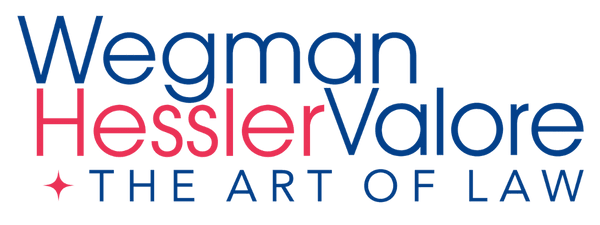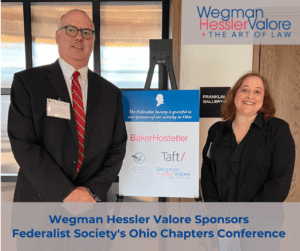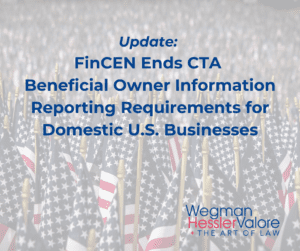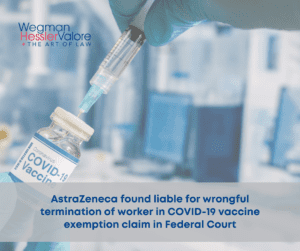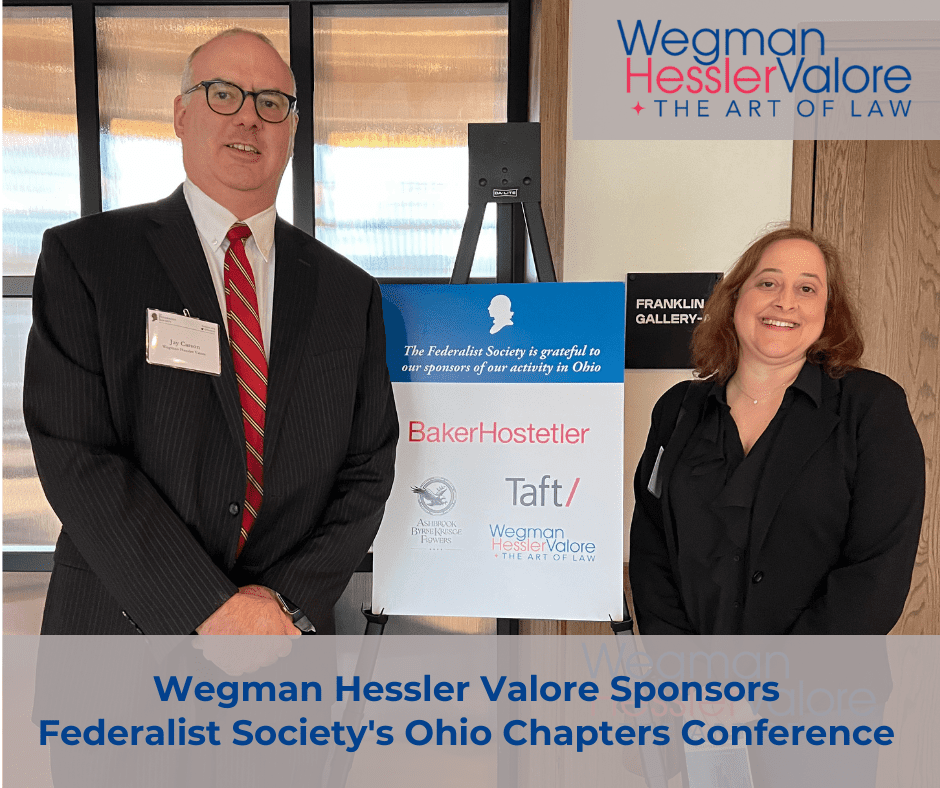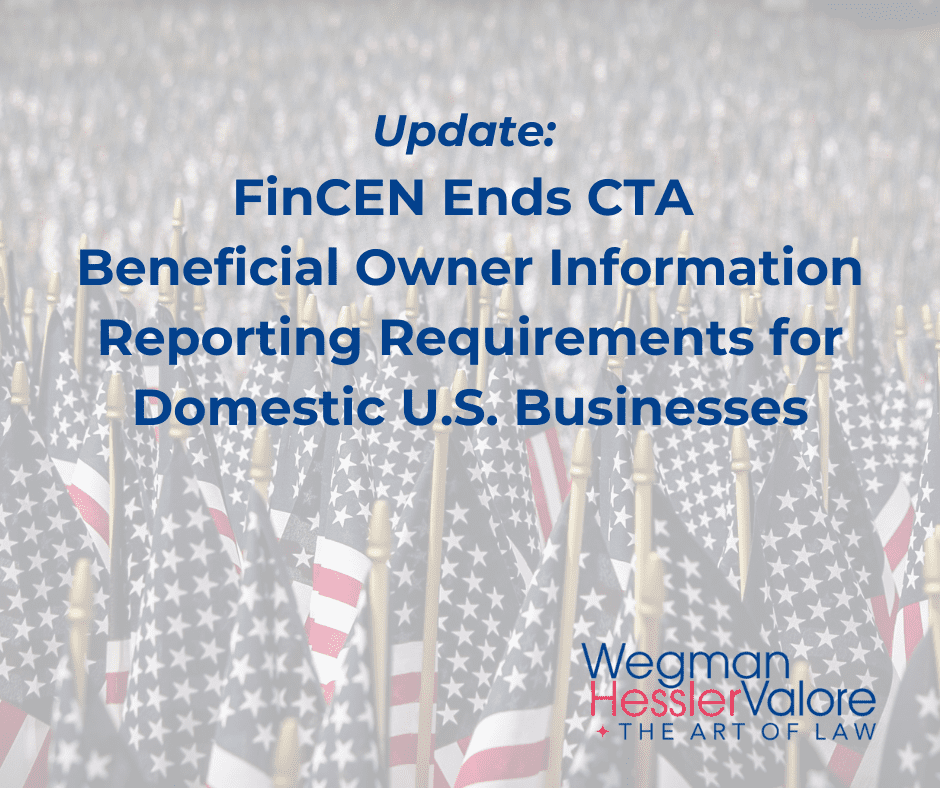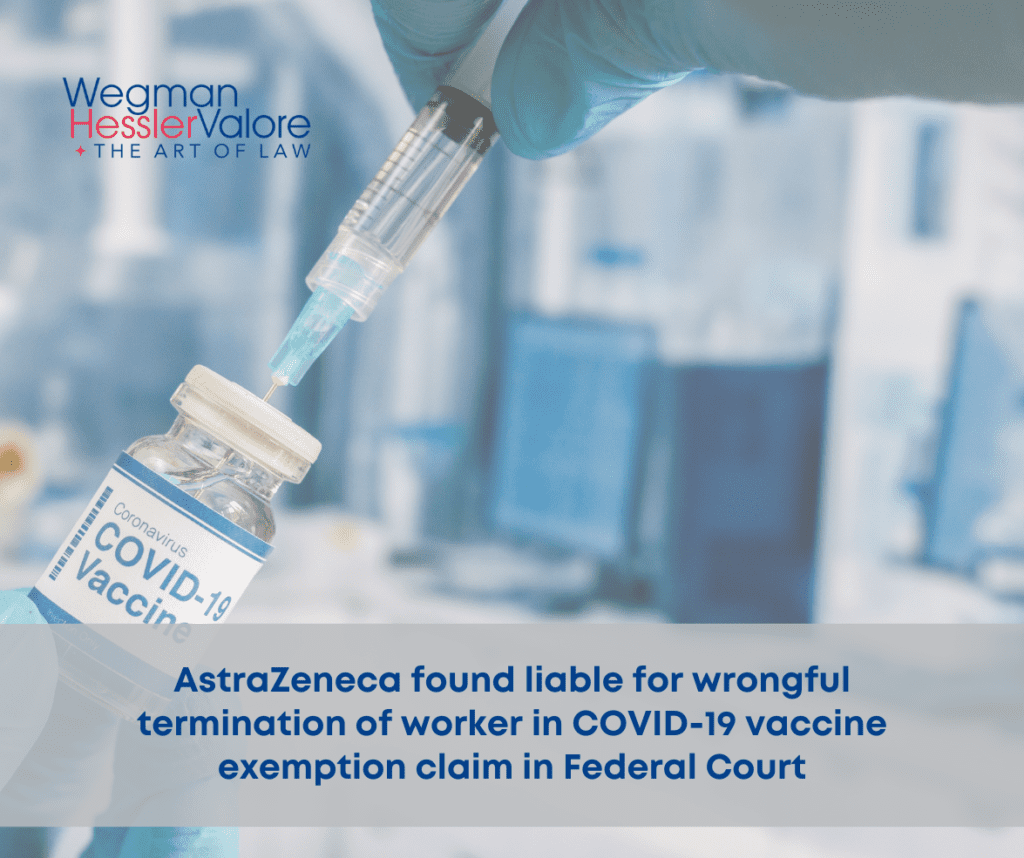Information on Paycheck Protection Loans Through the SBA

April 3, 2020
The Small Business Administration (“SBA”) and the Department of Treasury have begun releasing the information that will guide the Paycheck Protection Program (“PPP”), which was created through the Coronavirus Aid, Relief, and Economic Security (“CARES”) Act. PPP authorizes up to $349 billion in forgivable loans to small businesses to pay their employees during the COVID-19 crisis. For an overview on the loans please see our prior posting “Forgivable Small Business Loan Program in CARES Act.” Additional information released since our posting is provided below.
Where and When can an eligible business apply?
Eligible businesses can apply through any existing SBA lender or through any federally insured depository institution, federally insured credit union, and Farm Credit System institution that is participating. Other regulated lenders will be available to make these loans once they are approved and enrolled in the program. Visit www.sba.gov for a list of SBA lenders. Small businesses and sole proprietorships can apply for and receive loans starting April 3, 2020, and independent contractors and self-employed individuals can apply for and receive loans starting April 10, 2020.
What is needed to apply?
A completed Paycheck Protection Program loan application (sample available HERE) and payroll documentation. The actual loan application must be completed and submitted through each individual SBA participating lender.
How long will this program last?
Although the program is open until June 30, 2020, businesses are encouraged to apply as quickly as they can because there is a funding cap and lenders need time to process your loan. The PPP is a “first-come, first-served” program.
How many loans can an eligible business take out under this program?
Only one.
What can the loans be used for?
Proceeds from these loans can be used for:
- Payroll costs, including:
- Salary, wages, commissions, or tips (capped at $100,000 on an annualized basis for each employee);
- Employee benefits including costs for vacation, parental, family, medical, or sick leave; allowance for separation or dismissal; payments required for the provisions of group health care benefits including insurance premiums; and payment of any retirement benefit; and
- State and local taxes assessed on compensation;
- Interest on mortgage obligations, incurred before February 15, 2020;
- Rent, under lease agreements in force before February 15, 2020; and
- Utilities, for which service began before February 15, 2020.
If the loan amounts are used for unauthorized purposes, the SBA will require businesses to repay those unauthorized expenditures. If funds are knowingly utilized for unauthorized purposes, businesses will be subject to additional liability such as charges for fraud. In addition, the SBA will have recourse against the individual shareholders, members, or partners who uses PPP funds for unauthorized purposes.
What is the maximum amount of loan that can be borrowed?
The maximum loan amount is the lesser of $10 million or an amount calculated using a payroll-based formula. See page 8 of the Paycheck Protection Program rule for specific formula information.
The formula is based on aggregate payroll costs, compensation paid to employees, average monthly payroll costs, and the outstanding amount of an economic injury disaster loan. Please contact your Wegman attorney if you need any assistance with the calculation of this formula.
How much of the loan will be forgiven?
A business will owe money when the loan is due if the loan amount is used for anything other than payroll costs, mortgage interest, rent, and utility payments during the 8 week period following the receipt of the loan proceeds. Due to the likely high participation rate, it is anticipated that not more than 25% of the forgiven amount may be for non-payroll costs. Businesses will also owe money if they do not maintain staff and payroll (see below).
- Number of Staff: loan forgiveness will be reduced if there is a decrease in full-time employee headcount.
- Level of Payroll: loan forgiveness will also be reduced if there is a decrease in salaries and wages by more than 25% for any employee that made less than $100,000 annualized in 2019.
- Re-Hiring: Businesses have until June 30, 2020 to restore full-time employment and salary levels for any changes made between February 15, 2020 and April 26, 2020.
What is the interest rate? When do interest payments start on the loan?
1% fixed rate and all payments are deferred for 6 months; however, interest will continue to accrue over this period.
When is the loan due? Can loan be paid earlier than 2 years?
In 2 years. There are no prepayment penalties or fees.
Our team at Wegman Hessler is ready to help with this or any other issues you might be facing during this complex time.
Wegman Hessler specializes in business law for business leaders, applying legal discipline to solve business problems to help business owners run smarter. For more than 50 years, this Cleveland business law firm provides full-service strategic legal counsel for closely held businesses. Learn more at www.wegmanlaw.com.
